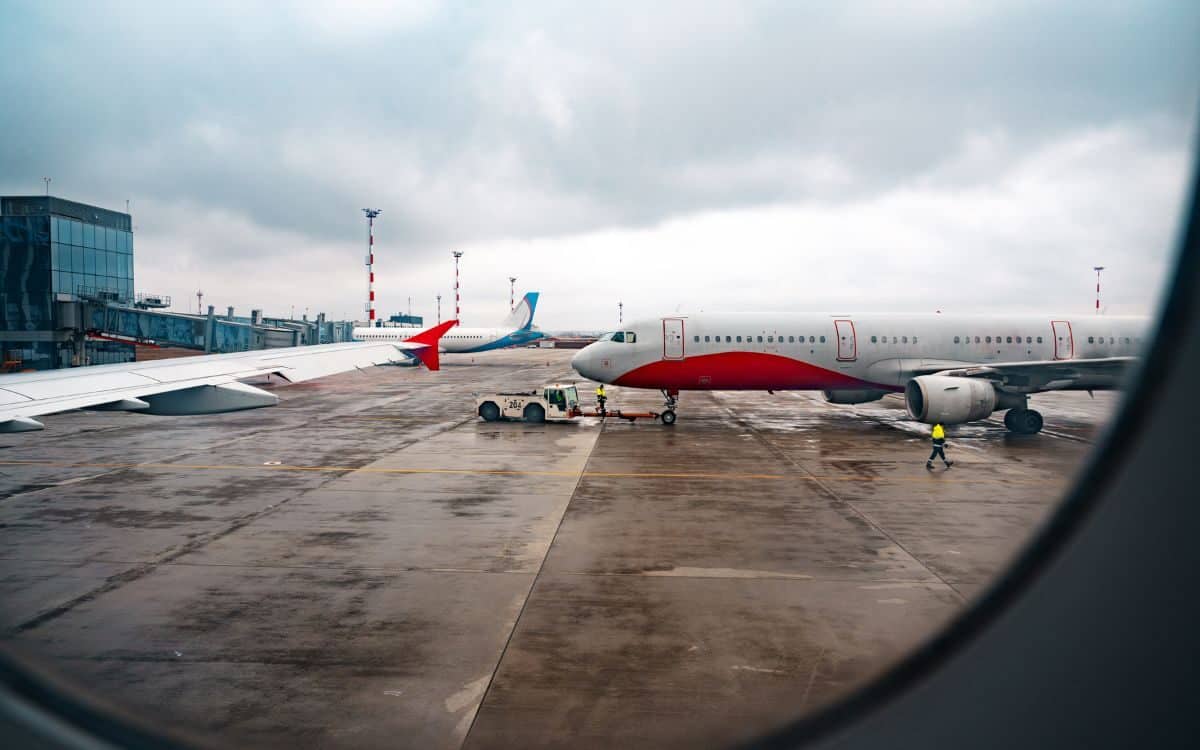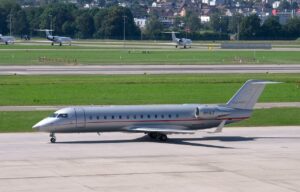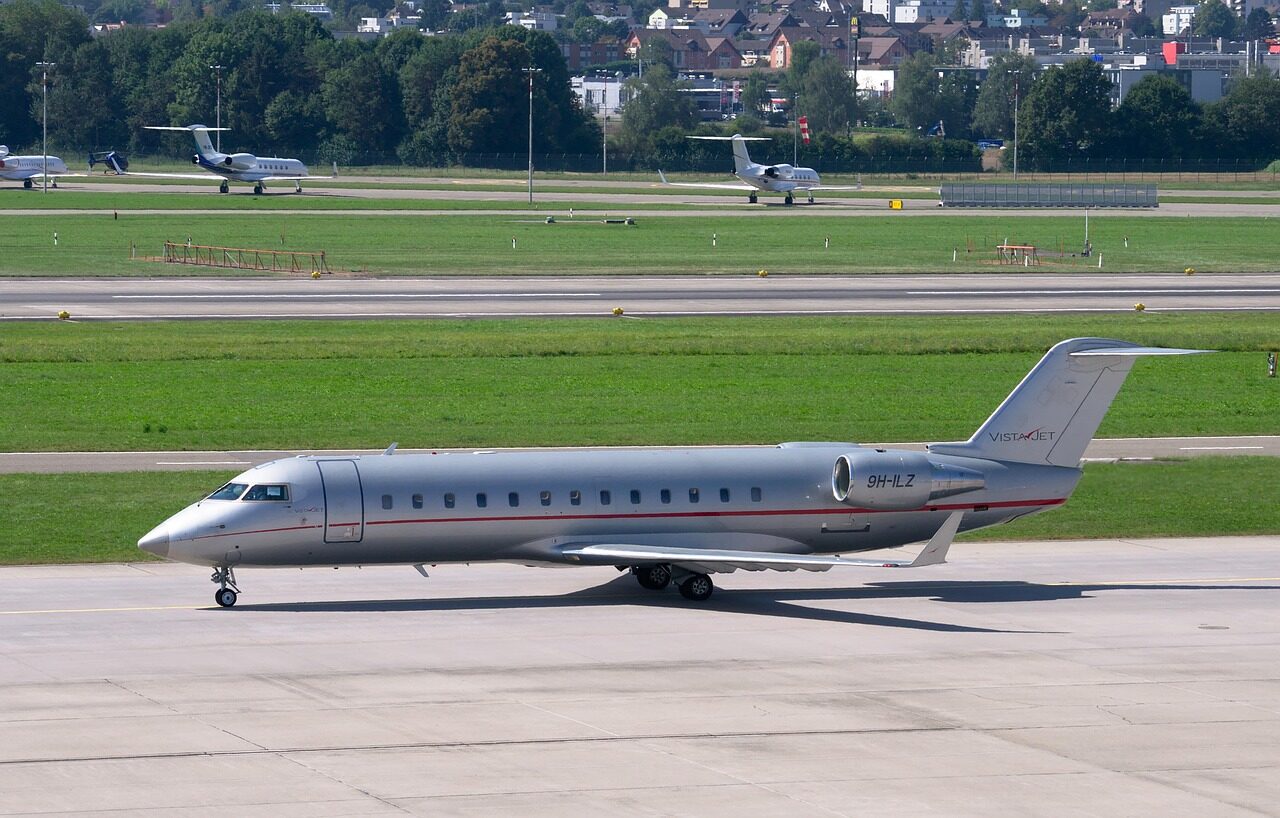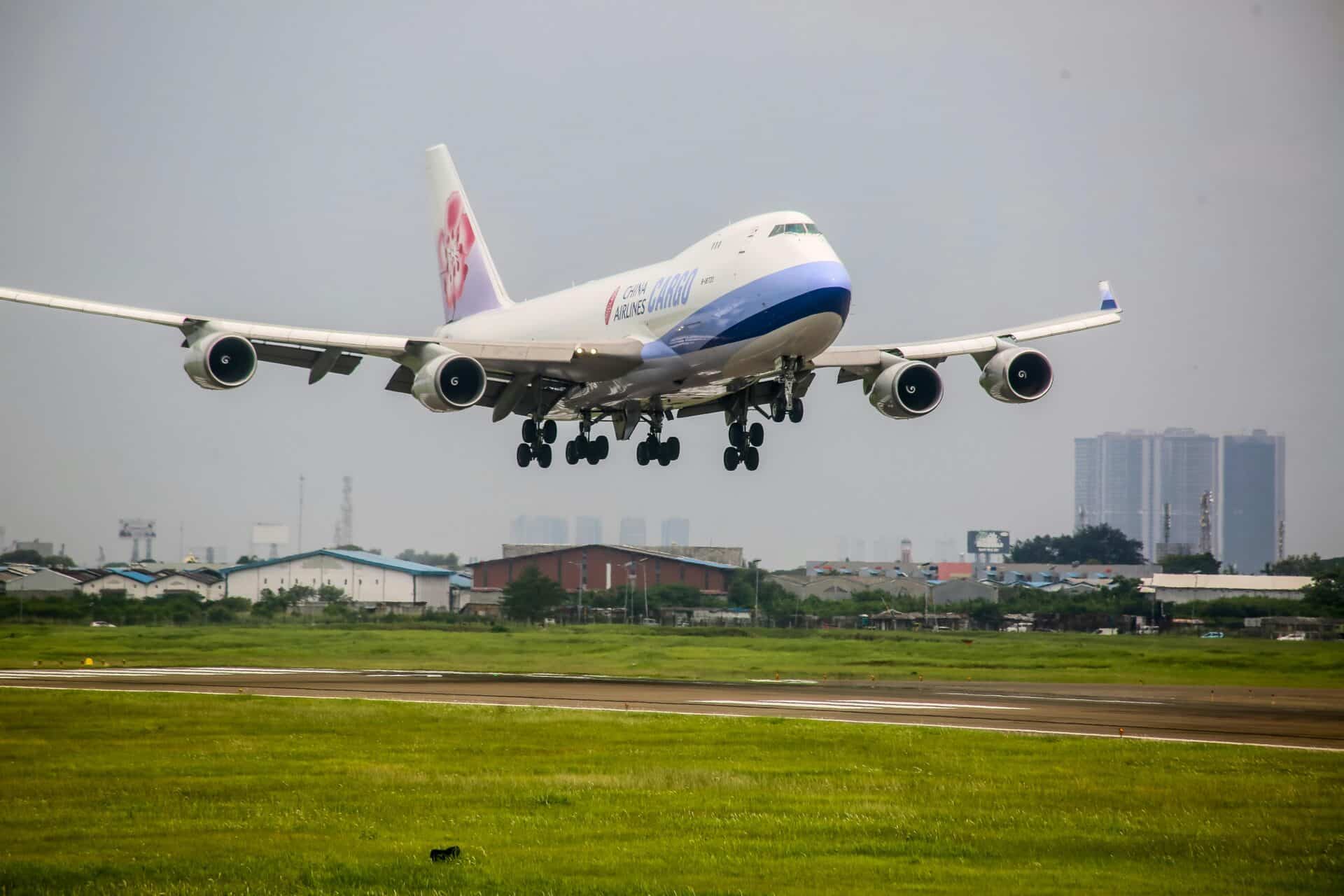In a dramatic demonstration of nature’s unpredictable power, a massive 8.8 magnitude earthquake off the eastern coast of Russia on Tuesday, July 29, 2025, triggered widespread tsunami warnings that cascaded into unprecedented air travel disruptions across the Pacific. The seismic event, one of the most powerful ever recorded, transformed routine air travel into a complex emergency response scenario.
The Immediate Operational Response
Airlines and airports from California to Hawaii instantaneously shifted into crisis management mode. Drawing from advanced aviation safety protocols, carriers like Hawaiian Airlines and Alaska Airlines made swift, decisive decisions to protect passenger safety. Flight departures to Hawaiian islands were halted, with en-route aircraft either returning to mainland airports or being strategically diverted.
A Geographical Cascade of Disruption
The tsunami warnings expanded across multiple regions, creating a domino effect of operational challenges. Hawaii and Alaska’s Aleutian Islands found themselves under direct tsunami warnings, while coastal areas of California, Oregon, and Washington were placed on high alert. Airports in Maui, Hilo, and Honolulu experienced significant operational modifications, with some facilities temporarily suspending critical services like baggage screening.
At Maui’s Kahului Airport, approximately 200 passengers found themselves sheltering overnight in the terminal, a testament to the profound human dimension of such geological events. The Hawaii Department of Transportation mandated that these passengers would be re-screened before subsequent departures, adding another layer of complexity to an already challenging situation.
Beyond US Borders: A Pacific-Wide Phenomenon
The earthquake’s implications extended far beyond American airspace. In Japan, tsunami warnings along the Pacific coast led to significant aviation disruptions. Sendai Airport, strategically located near the coastline, closed all runways, resulting in the cancellation of 17 departures and 14 arrivals. Major carriers like Japan Airlines and All Nippon Airways saw approximately 87 flights delayed across their network.
Modern aviation’s resilience was on full display during this crisis. Airlines and airports demonstrated remarkable coordination, leveraging advanced communication technologies to manage a fluid and potentially dangerous situation. Both Hawaiian Airlines and Alaska Airlines implemented comprehensive travel waivers, allowing passengers to reschedule or cancel flights without penalties.
The Broader Context of Natural Disasters and Aviation
This event underscores the intricate relationship between geological events and global transportation systems. The future of aviation increasingly involves not just technological innovation, but sophisticated risk management and emergency response capabilities.
The widespread flight cancellations and disruptions represent more than a temporary inconvenience. They highlight the complex economic ecosystem of air travel, where safety considerations can instantaneously transform operational landscapes.
The Pacific flight disruptions serve as a powerful reminder of humanity’s vulnerability to natural forces and our remarkable capacity to respond with precision, compassion, and strategic thinking.
Author
-
Radu Balas: Author
Pioneering the intersection of technology and aviation, Radu transforms complex industry insights into actionable intelligence. With a decade of aerospace experience, he's not just observing the industry—he's actively shaping its future narrative through The Flying Engineer.
View all posts Founder
















